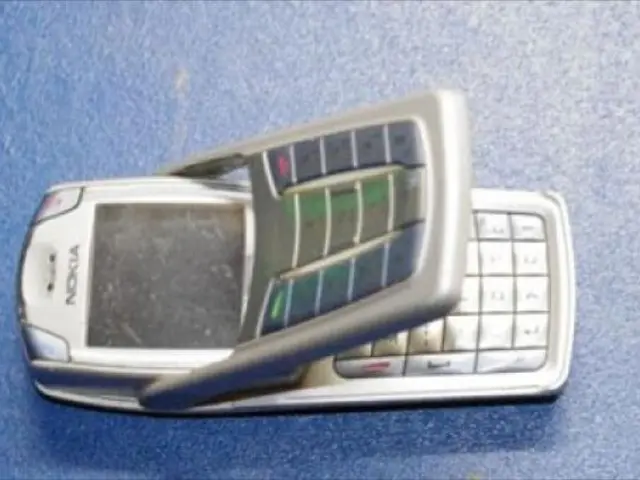Mars simulated yearlong expedition concludes in Houston
NASA's One-Year Simulated Mars Mission Comes to an End
After 378 days of living and working in a simulated Mars habitat, the crew of the CHAPEA (Crew Health and Performance Exploration Analog) program has successfully completed the first ever one-year Mars mission simulation. The mission, which began on June 25, 2023, marked a significant step forward in NASA's efforts to prepare for human exploration of Mars.
The crew, consisting of Kelly Haston, Anca Selariu, Ross Brockwell, and Nathan Jones, lived and worked inside the 3D-printed CHAPEA habitat at NASA's Johnson Space Center (JSC) in Houston. The habitat was designed to replicate the conditions that astronauts would experience during a mission to Mars, including reduced gravity, limited resources, and isolation from Earth.
During their stay, the crew simulated mission operations, including "Mars walks," grew and harvested vegetables, and maintained their equipment and habitat. They also experienced communication delays with Earth of up to 22 minutes, resource limitations, and isolation, which served as additional stressors to simulate what would be expected on an actual Mars mission.
Upon his release, Nathan Jones, the mission's physician and medical officer, stated that their 378 days of confinement "went by quickly." The experiences of the crew will inform NASA's planning for real-world manned missions to Mars.
NASA is now planning a second year-long CHAPEA mission scheduled to begin in October 2025. The purpose of the mission will be to test the long-term effects of isolation and confinement, as well as the operations and technologies needed for a Mars mission. Mars Dune Alpha, a 3D-printed habitat of 158 square meters, will be used for this mission.
The upcoming mission will involve activities such as simulated Mars walks, robotic operations, habitat maintenance, medical technology tests, exercise, crop growth, and dealing with stresses like resource limitations, isolation, communication delays, and equipment failure. The focus appears to be on continuing to gather data and improve understanding from this next important analog mission.
As of August 2025, there are no publicly announced additional CHAPEA missions beyond this second one-year simulation. The quartet's stay in the simulated Mars habitat was part of a series of analog missions aimed at preparing humans for exploration of Mars, and the experiences on board the simulated Mars habitat will inform NASA's planning for real-world manned missions to Mars, which the agency hopes to launch in the late 2030s or early 2040s.
The volunteers returned to normal Earth life on Saturday, July 6, 2024, after completing their mission. The crew was selected based on NASA's standards for astronaut candidates, which require a master's degree in a STEM field and at least two years of professional experience in a STEM field or a minimum of 1,000 hours of flying an aircraft.
The simulated Mars mission was intended to provide valuable insights into the challenges and difficulties of living and working on Mars, and to help NASA develop strategies for addressing these challenges in future missions. The mission was the first of its kind and marks a significant step forward in NASA's efforts to prepare for human exploration of Mars.
[1] NASA's One-Year Mars Simulation Mission
[2] NASA's CHAPEA Program
[3] NASA's Johnson Space Center
[4] 3D-Printed Habitat for CHAPEA Mission
[5] NASA's Human Mars Exploration
[1] The experiences of the CHAPEA crew, who completed a one-year simulation of a Mars mission, will inform NASA's planning for real-world manned missions to Mars.
[2] The crew of the CHAPEA program, consisting of individuals with master's degrees in STEM fields and professional experience in a STEM field or aircraft flying hours, lived and worked inside a 3D-printed habitat for 378 days at NASA's Johnson Space Center.
[3] The CHAPEA habitat, designed to replicate Mars mission conditions, was located at NASA's Johnson Space Center, a facility in Houston, Texas.
[4] The CHAPEA mission utilized a 3D-printed habitat, a technology crucial for long-duration missions in space.
[5] The goal of NASA's human Mars exploration efforts is to overcome the challenges and difficulties of living and working on Mars, as demonstrated by the CHAPEA program's simulated Mars mission.




